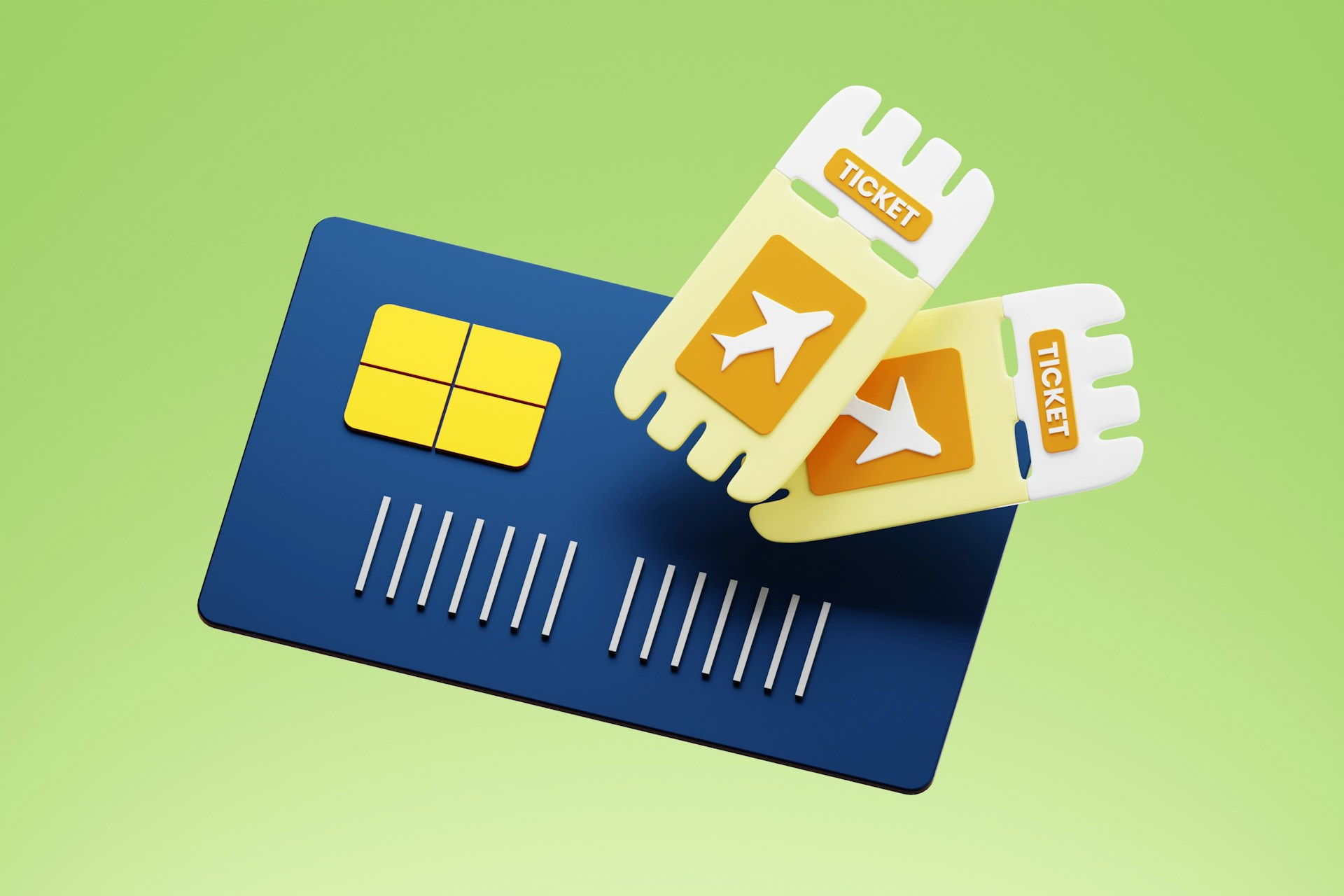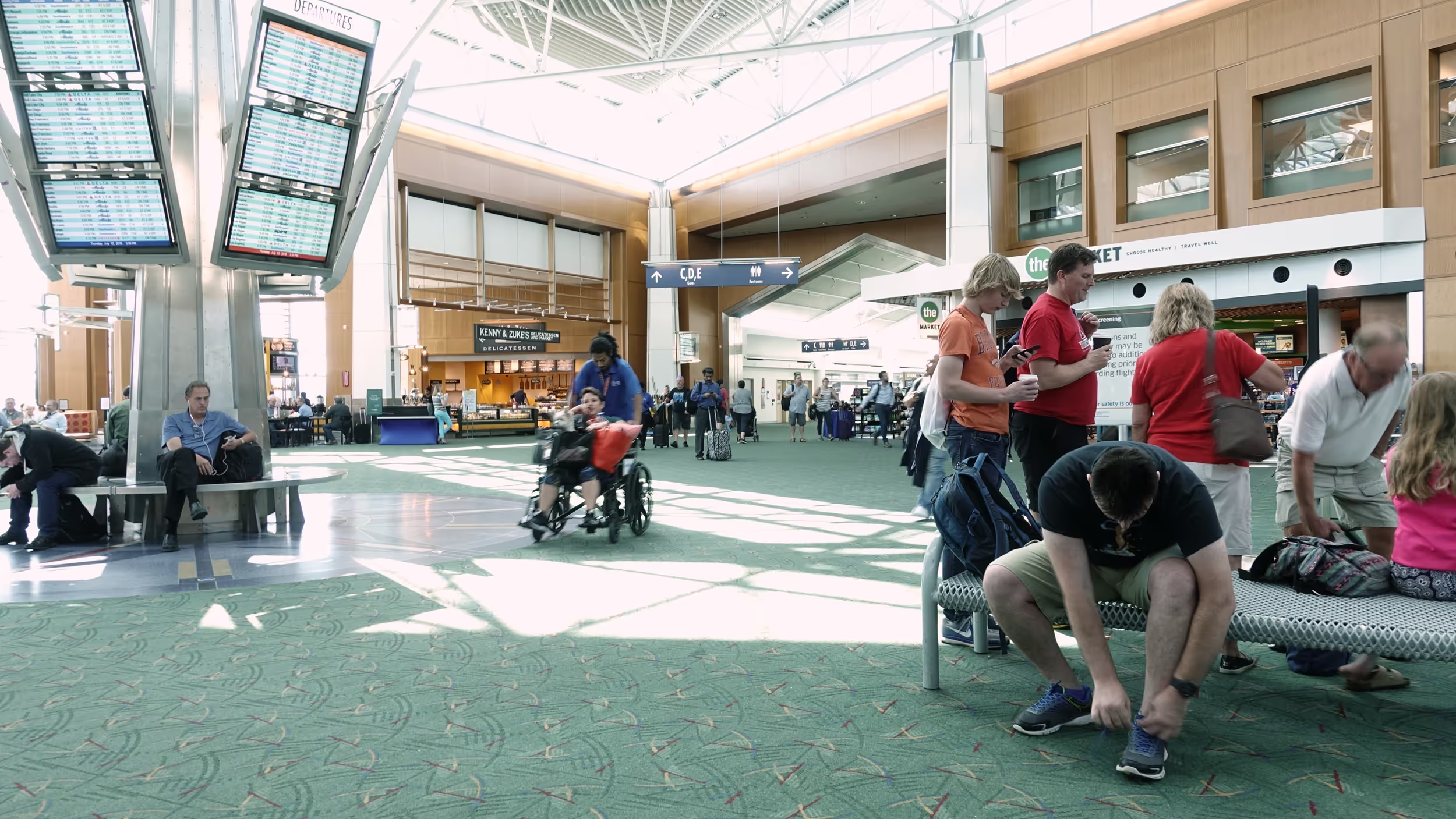Per Diem and Taxes: Top 7 Frequently Asked Questions (With Answers)

Per diem sounds simple — until tax time.
When the accountants ask you for missing expense reports, and your employees have questions about filing their own taxes …
The more you know, the easier it will go.
Sending your employees to remote locations for work can be a necessary part of owning a business. It’s a way to improve their job knowledge, facilitate interactions with clients, and increase your customer reach.
Simplifying Per Diems
For all its advantages, having employees that travel can be a logistical nightmare. The paperwork involved for travel managers and accounting teams is extensive, especially when it comes to taxes.
Workers have to be paid for their travel time if it’s job-related. The per diem given covers all their expenses in a fixed amount, making your paperwork more efficient.
Any time you’re dealing with expense reports and taxes, “efficient” does not mean “easy.” These tips will help you better organize your reports to make tax time (and answering employee questions) less complicated later.
Table of Contents
1. What’s Included in My Per Diem?
2. Can I Have a Higher Per Diem Rate?
3. Is My Per Diem Taxable?
4. How Do I Prepare My Per Diem Report to Avoid Problems at Tax Time?
5. Does My Hotel Accept My Per Diem Rate?
6. What About Taxes and Tips?
7. Do I Need Receipts When I File My Taxes?
1. What’s Included in My Per Diem?
Employers who deal with traveling employees must have procedures in place to handle scale rate payments, better known as per diems.
These fixed amounts are a simplified way to take incidental expenses on the trip. The tricky part is that a per diem doesn’t cover everything.
The term is used casually to describe funding for expenses, but it’s actually clearly defined. There are standard rates that apply on the federal level.
Breaking Down Per Diem Coverage
What’s included in your employee’s per diem isn’t arbitrary.
If your company uses the federal guidelines, the IRS defines it as:
“An allowance paid to your employees for lodging, meals, and incidental expenses incurred when traveling. This allowance is in lieu of paying their actual travel expenses.”
In short, as long as the expense ties intrinsically to the employee’s business purpose and work objectives, it’s covered by the per diem.
It may be easier to explain to your traveling employee what the per diem doesn’t cover.
Most employers’ policies exclude the following (when outside of the job’s requirements):
- Souvenirs
- Alcohol
- Room service
- Entertainment
The policy may cover something like dry-cleaning work clothes but not personal outfits.
Everything else, including fuel and meal reimbursement, should be defined in your travel policy.
One thing to note in this section is that self-employed travelers fall under a different category with per diems. They can still receive a flat rate, but their coverage only has to include meal expenses.
2. Can I Have a Higher Per Diem Rate?
Per diem rates by state are set by the government and change each fiscal year. They’re designed for government employees, but private businesses use them to ensure their rates align with the federally recommended guidelines.
Rate Caveats to Be Aware Of
However, it’s important to recognize that per diem rates vary by location. Employers and travel managers can use the General Services Administration (GSA) website to search for the standard per diem for a specific zip code and month of travel.
This is essential because many hotels will increase their nightly rates around seasonal times, like Christmas in New York City when tourists love to visit. Employee travel pay shouldn’t be adversely impacted because of holiday spikes and peak tourist vacation dates.
The varied per diem amount also takes into consideration location rate ranges. A hotel in New York City is likely to be more expensive than one in a small town in Georgia.
However, the business purpose of the expense is the same. The per diem reimbursement should reflect the actual expectation of costs to be incurred.
Leaving the Country for Business Purposes
Another concern is when an employee must leave the Continental United States (CONUS) for work purposes. Heading to Alaska and Hawaii or outside of the country means the flat rate isn’t going to be enough to take care of high-cost expenses.
In these individual cases, an increase in the per diem allowance makes sense. Payment for the actual expenses shouldn’t have to come from the employee’s wages. And travel outside the continental U.S. is naturally more expensive.
In all other situations, if your company adheres to the government guidelines, it’s easier to handle requests for higher per diem pay. Otherwise, it’s up to you as to whether to grant the request or not.
Check out these Top Day Trips from Business Travel Destinations
3. Is My Per Diem Taxable?
Per diem payments are not part of an employee’s standard wage, so technically, they’re not taxable.
However, under certain conditions, it can be considered taxable income.
When Per Diem is Taxable
You’ll still need to include a per diem for business travel on an income tax return. For the most part, these aren’t included in the employee’s tax amount owed.
You should make your travelers aware that they could be taxed if they fall under any of these conditions:
- Your company allows a flat amount that is more than the standard federal rate set forth by the Internal Revenue Service
- The employee didn’t file their travel expenses with the employer in a timely fashion
- Essential pieces of information were missing in the report
- The employer didn’t request an expense report along with the per diem
Reassure your employees that they won’t be taxed on their business travel expenses if they avoid these factors.
Are you a small business? Find tips on creating an employee travel budget here
4. How Do I Prepare My Per Diem Report to Avoid Problems at Tax Time?
The tax burden of a per diem falls equally on the employer and the employee. Both parties need to file their paperwork with documentation for substantiation.
Filing a per diem is similar to filing any other expense report. Whether it goes only to the federal or also to the state department depends on the business’s location.
The thing to be highly cautious of is the fact that if whoever does the filing gets it wrong — your employee may end up taxed when they shouldn’t be.
Prepping Per Diem Reports to Avoid Mistakes
Whether it’s “required” or not, it’s helpful to have each employee submit receipts along with their expense report. But keeping everything organized, especially when multiple people are traveling, can be difficult.
To save time and mistakes down the line, anytime someone submits an expense, check it for crucial pieces of info before accepting it. It may take a few extra seconds now, but it’ll save hours of headache and costly errors later.
Look for the little things that are easy to miss, such as:
- The dates of travel
- Names of the places where the employee incurred the expenses
- Matching receipts to the itemized expenses
- Copies of brochures or other documentation showing the purpose of the trip
Check the report to ensure it includes everything, then you won’t have to waste time tracking it down later.
You may also like: How to Adjust Company Mileage Policies When Gas Prices Skyrocket
5. Does My Hotel Accept My Per Diem Rate?
Not all hotels are willing to negotiate their rates, and they’re not required to adjust your rate to the federal per diem guidelines. If the hotel you’re looking into has something called a “GOV” rate, this is often similar to the federal per diem.
Large bookings can fall under corporate discounts, but you have to negotiate the rate ahead of time.
Don’t Book Without Comparing Rates
Before you book, check the rate they’re using and see how it compares to what you’re giving your employee as a lodging per diem. Don’t forget to include taxes as a miscellaneous travel expense.
Yes, this can be time-consuming. Yet, it’s worth it to negotiate the best discounts. Instead of doing the work yourself, you can go through a corporate lodging network like Engine.
Benefits of Working With Engine
By creating a free account with our business lodging solution, the negotiated rates are already there. You can choose from over 700,000 hotels worldwide and set up your travelers’ hotel accommodations directly.
Unlike other discounted hotel platforms, there are no booking fees, contracts, or minimums for corporate rates. This simplifies billing, making expense reports streamlined.
All the tools you need to book a room and give your travelers the freedom to make changes or charge expenses are in one central location. Even better, all the reconciliation and reports are quickly accessible.
When it’s time to review the per diem expenses, your lodging information is at your fingertips through Engine’s platform.
Related: Engine as an Employee Benefit? Here’s How it Works…
6. What About Taxes and Tips?
When you dine out, it’s expected that you’ll leave a tip. But what counts for an appropriate gratuity isn’t set in stone.
The Meals & Incidental Expenses (M&IE) rate you provide as part of your per diem should include a fair and reasonable tip, as well as coverage for taxes.
How to Calculate M&IE
Per diems break up into three categories:
- Lodging
- Mileage
- Meals/incidentals
The M&IE focuses on the cost of daily living for food and necessities. These incidentals do include fees and tips for services performed.
Calculating meals, as with lodging, varies by area. Meals in a big city are going to, on average, cost more than those in rural towns. The IRS has a Per Diem Calculator tool that breaks down the standard rate by zip code.
Incidentals are set at $5 per day, no matter where you are.
In the event that the employer will cover at least one meal, such as at a conference, a Proportional Meals Rate is often used. This is the average of the standard meals rate and the Government Meals Rate (GMR), which is much cheaper.
The formula is simple when you use the IRS Per Diem Calculator, which does the work for you. Keep in mind that this is only when the travel takes place in the CONUS.
7. Do I Need Receipts When I File My Taxes?
The typical person doesn’t think about receipts as a business owner does.
If they need to hold onto their per diem usage receipts, it’s up to you to let them know.
In general, non-government employees don’t have to have the actual receipts for anything covered under a per diem. They can list the allowance amount instead of the expense. But if they plan on claiming anything over the per diem allowable, they’ll need to have those receipts.
However, your reports often require original receipts. If the employee wants to have their own record, they’ll need to make copies before submitting their travel expense report to the correct department.
Related: What Employers Should Know About Per Diem and Employee Rights
Conclusion
Dealing with taxes is easy enough — if that’s your specialty. However, for people who have to travel on the job and those who organize their expenses, it can get cumbersome.
With these tips, your employees will know what their per diem covers and what you need them to bring back to you after their trip. By staying organized now, the entire process will be much smoother later.
Join Engine’s free platform now and gain access to lower rates at over 700,000 hotels worldwide.












.jpg)



.avif)


.avif)








.jpg)






.avif)





